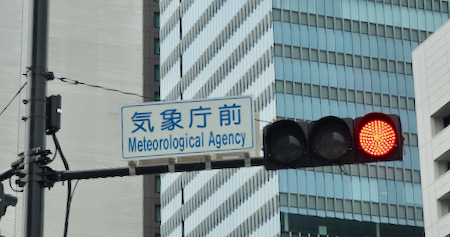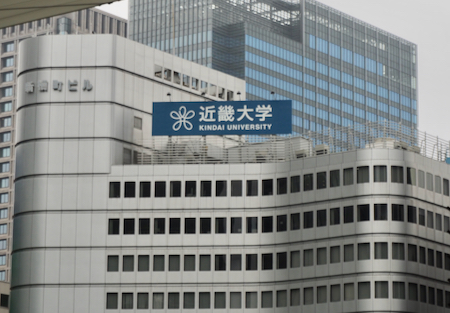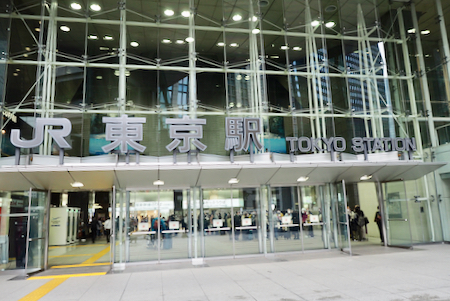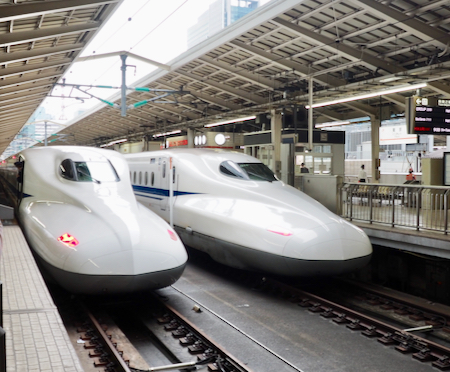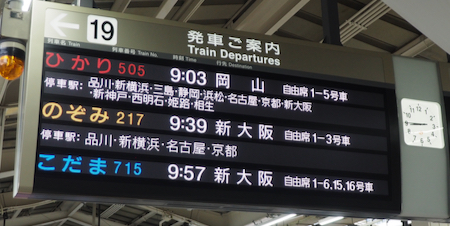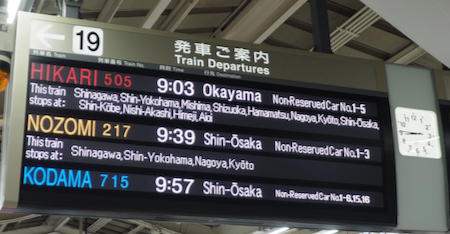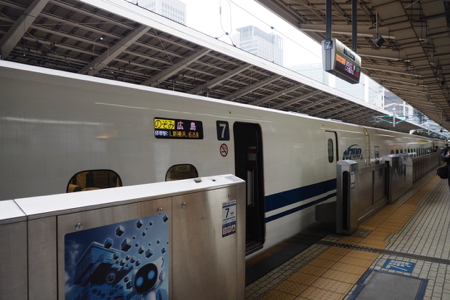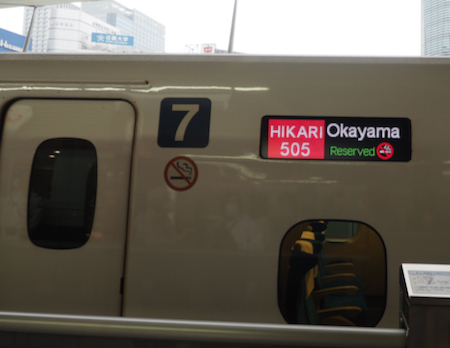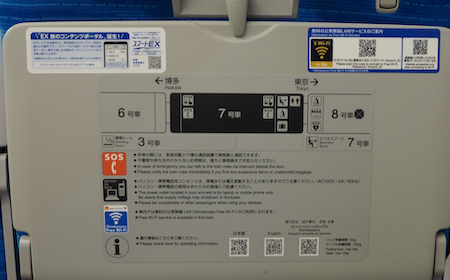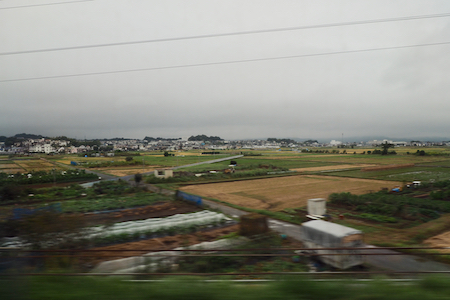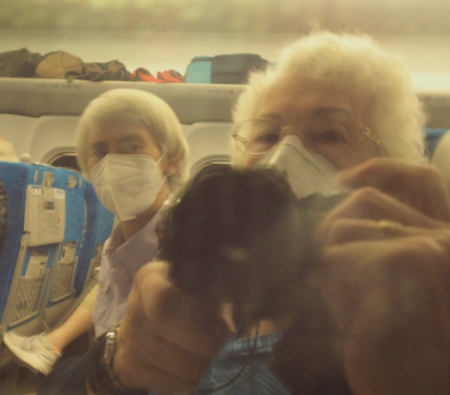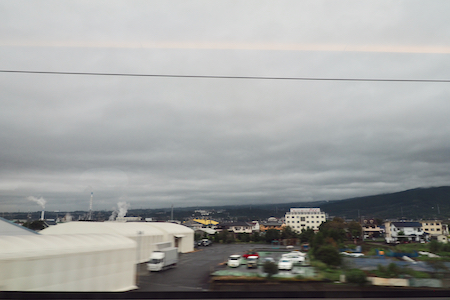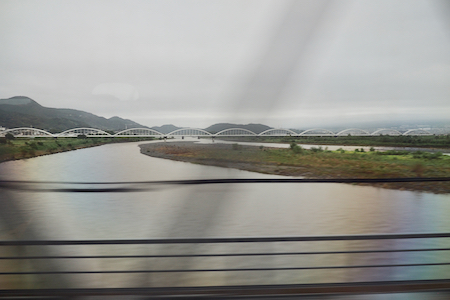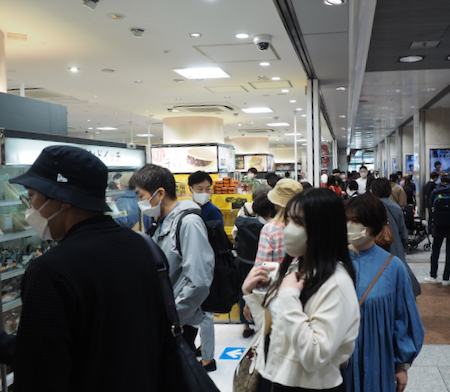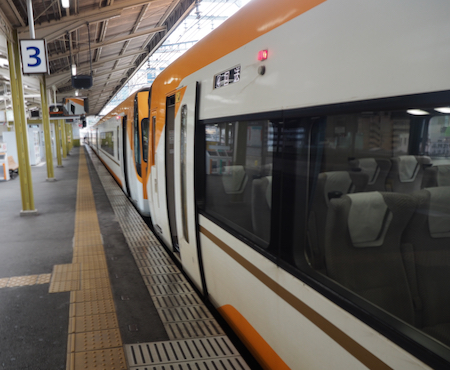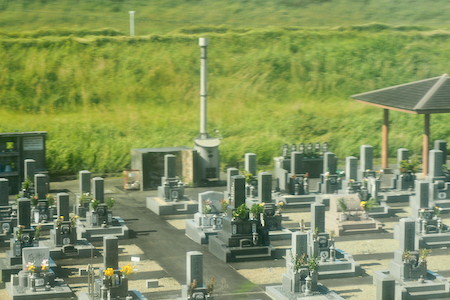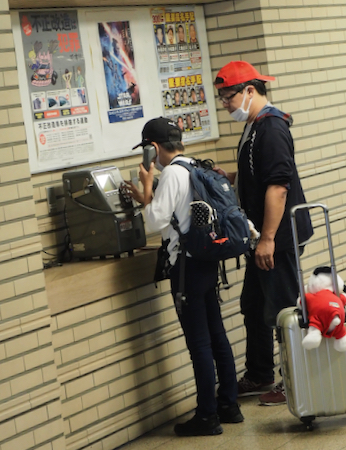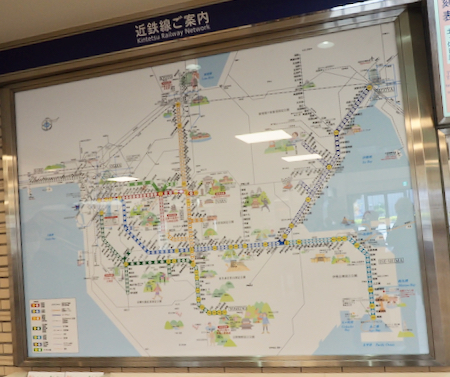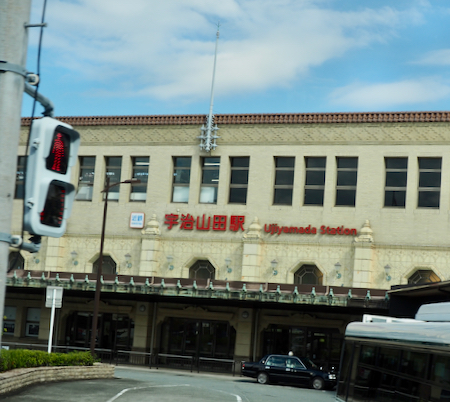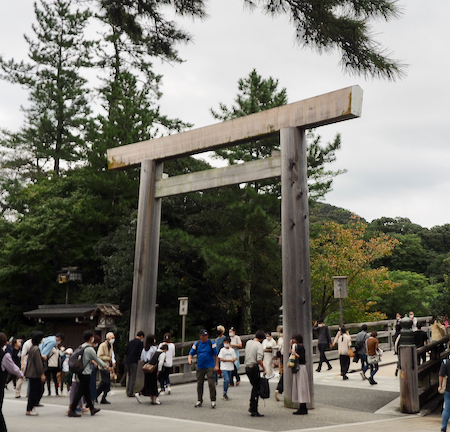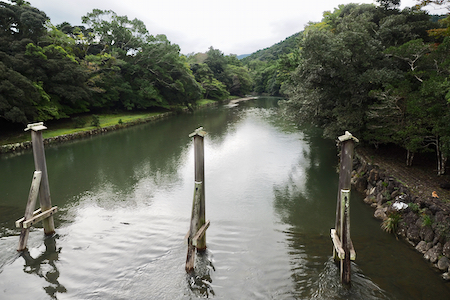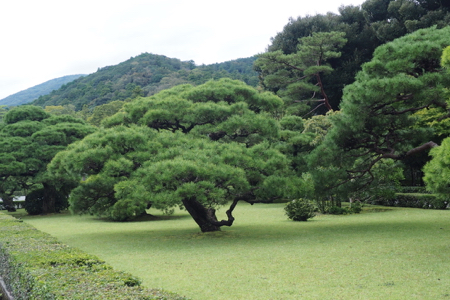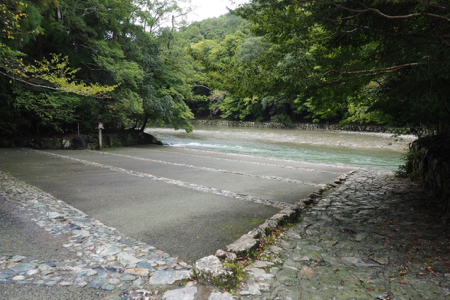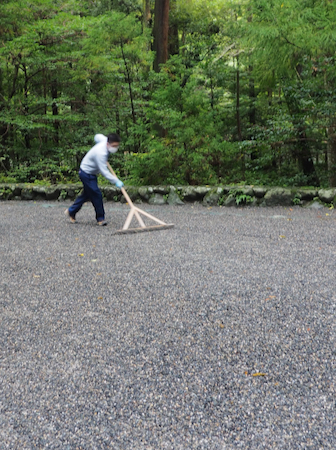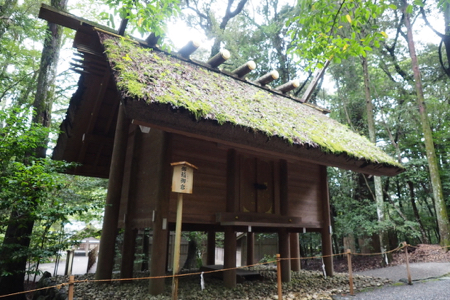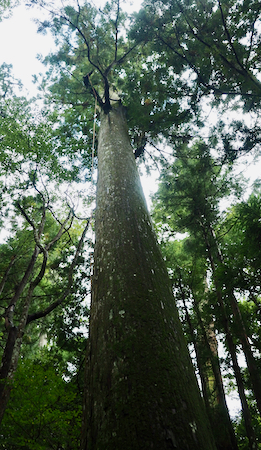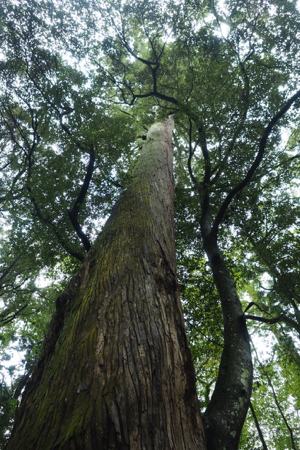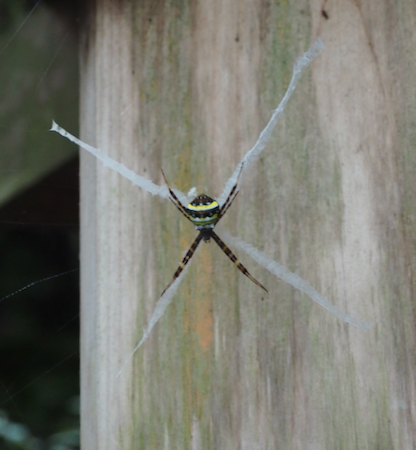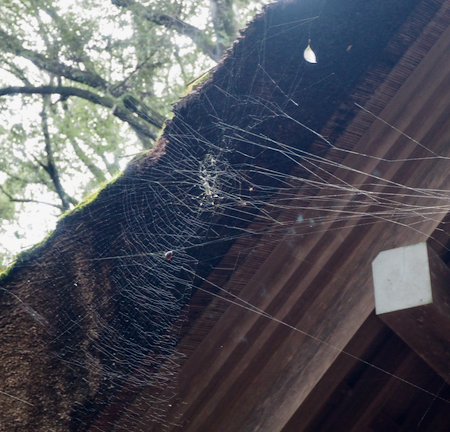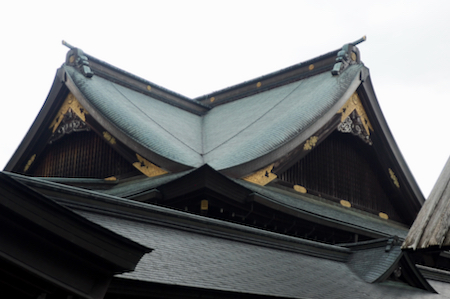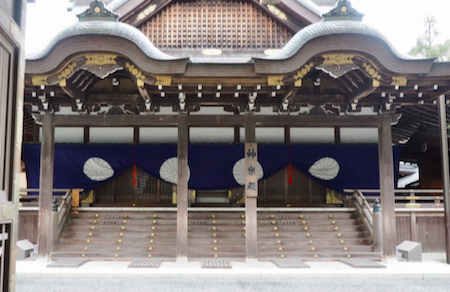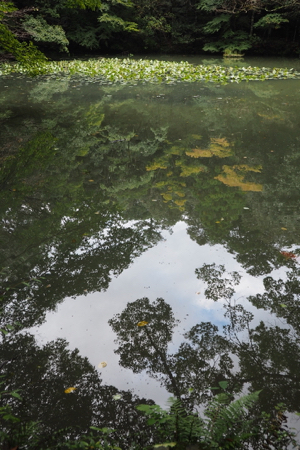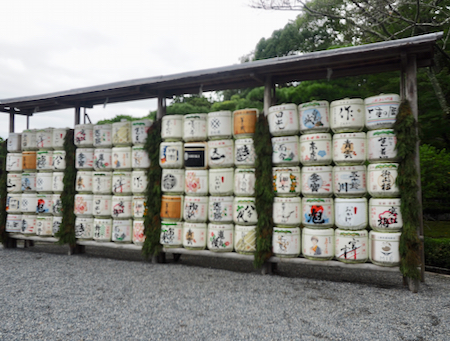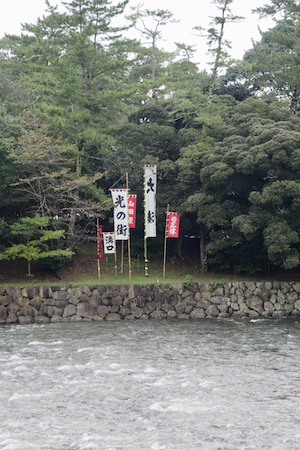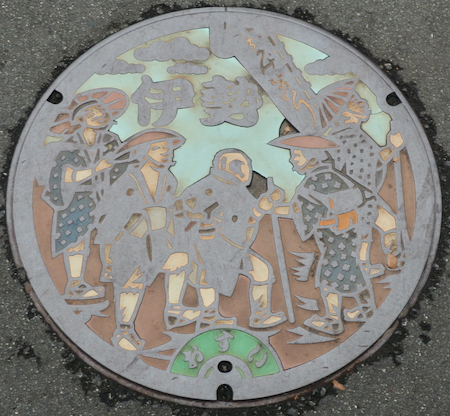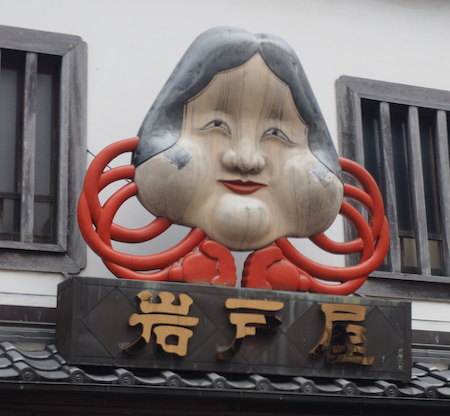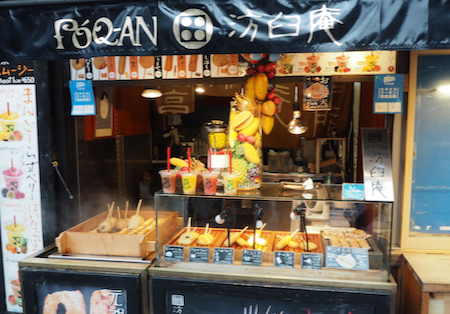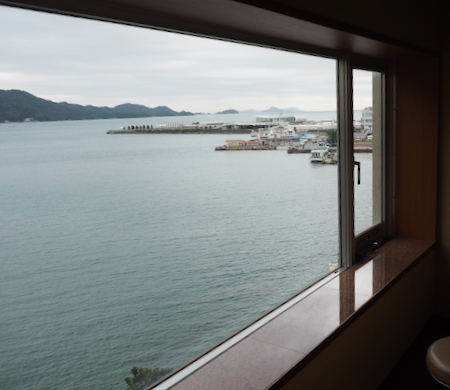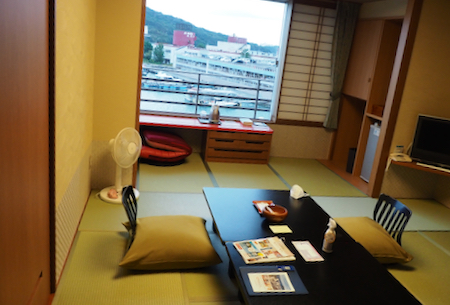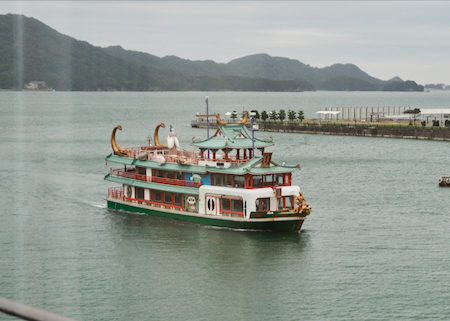Mon., 10/10 - Train to Toba
The group took 5 cabs to the Tokyo Train train to take a bullet train - the Shinkansen - to Nagoya. (Our suitcases were to be taken by truck to the next hotel so we carried just small overnight bags for the train rides today.) It turns out that the Shinkansen trains do not (cannot) handle luggage so every time we changed locations by taking the train, our luggage had to be trucked to the next location. Therefore, we were without our luggage for two (usually) nights.
Some signs are informative
Kindai University
Tokyo Train Station
Shinkansen - the bullet train
Signs are helpfully in both Japanese and English
Ready to board
Nice signs tell you where to find your car
Seat-back table has lots of information
Agriculture
On the train selfie
Looking at Mt. Fuji - or not - the weather did not cooperate.
Views from the speeding (about 180 mph) train
We had 30 minutes in the Nagoya station to buy something to eat for lunch on the limited express train to Toba. Gale found two egg and ham sandwiches and a bottle of citrus tea for 842 yen ($5.83). The sandwiches were very good.
The trains were immaculately clean, smooth, and comfortable. It took a long time to get out of Tokyo and into the small towns and small rice fields.
Finding lunch in Nagoya
Limited express from Nagoya to Toba
Family cemetery
A real pay-phone!
Kintetsu Ujiyamada Station - Toba train station
In Toba, the group got off the train at the Kintetsu Ujiyamada Station and boarded a good size motor coach to be taken to Kotai Jingu shrine, the most venerated sanctuary in Japan.This is actually a complex of many shrines dedicated to Amaterasu, the sun goddess.
We crossed the Isuzugawa River on the Ujibashi Bridge and walked on the wide pebbled paths toward the Inner and Outer Shrines. Upon entering the shrine, visitors “wash” their hands and mouth (pretend) at an ablution font to purify themselves, then bow to enter the first Torii (with the outer foot first) - a gate with 2 horizontal beams held by two vertical pillars. Visitors again bow at the second gate and before walking up to the main sanctuary - the divine palace of Amaterasu. (No photos are allowed at this shrine.)
Torii gate
Isuzugawa River from the Ujibashi Bridge
Beautiful grounds
Access to the Isuzugawa River
Maintenance is very important
Giant cryptomeria or cypress trees
Giant cryptomeria or cypress trees
Joro spider (probably)
Joro spider and web
Details of the Kagura-den hall for special prayer
Kagura-den hall for special prayer
Nice reflection
Saki barrels
Isuzugawa River
Nice manhole cover
After our tour, we walked back down along the pebbles (the noise of your footsteps tell the deity you are approaching) and across the river to spend 20 minutes wandering among the multitude of visitors (today was the Japanese Holiday of Sport) on a street lined with food stalls and restaurants and a few gift and sweets shops.
Sign of restaurant outside the Kotai Jingu complex
Food stall outside the Kotai Jingu complex
Next, the group was bussed to our hotel for two nights in Toba, on the east coast of Japan. Our room in this hot springs resort was another suite - Japanese style. The bathroom is a unique three rooms, the living room only has seats on the floor level, there are two large beds, many closets, and two enclosed narrow patios, one with a bar! The room is on a corner so we have 180° views of the Pacific islands of Japan.
Dinner was a buffet at the hotel. It was huge and very good. Half of it was fish, but Gale found excellent Kobe beef steak (small strips), meat balls, and a beef stew with potatoes and carrots in a rich gravy. There was also salad and a variety of desserts. Gale filled her tray three times and then went for dessert. She was starving from her no-fish meals.
View from our hotel room
View of the "living room" of our hotel - the chairs are pretty low!
Excursion boat returning to port
| Return to Top | Return to Itinerary | Return to Trips page to view other trips | Return to Dreamcatcher Home Page |
